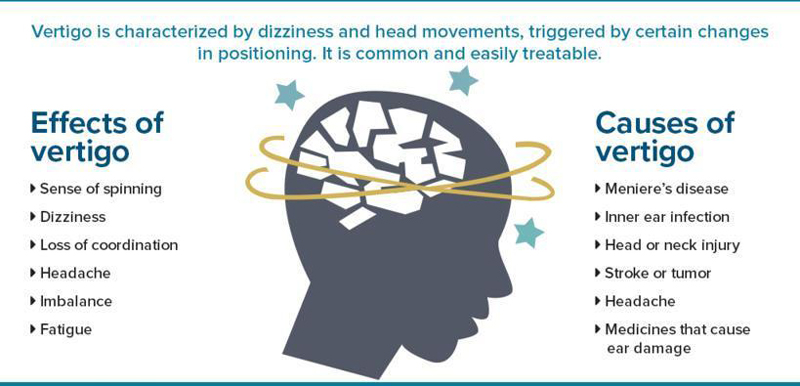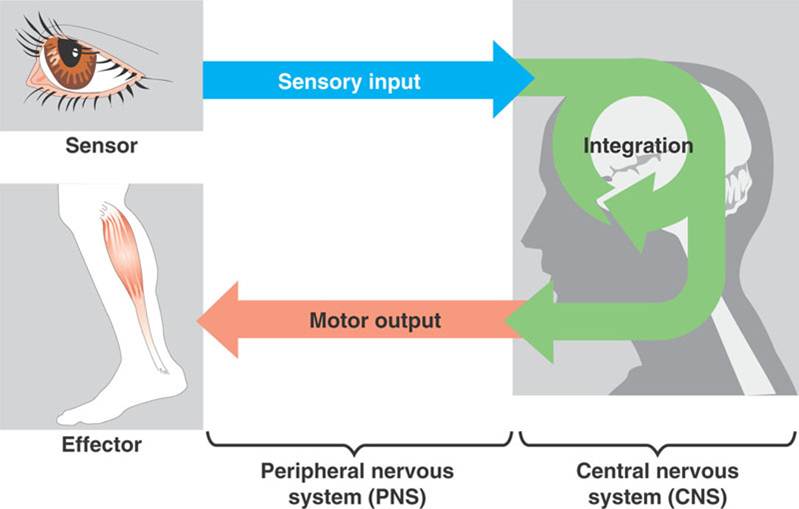Effects of Chiropractic Care on Dizziness, Neck Pain,
and Balance: A Single-group, Preexperimental, Feasibility Study
SOURCE: J Chiropractic Medicine 2009 (Dec); 8 (4): 156–164
Richard G. Strunk, DC, & Cheryl Hawk, DC, PhD
Assistant Professor,
Clinical Sciences/Research,
Cleveland Chiropractic College,
Overland Park, KS.
OBJECTIVE: This feasibility study was conducted to further the development of a line of investigation into the potential effects of spinal manipulation/manual therapy on cervicogenic dizziness, balance, and neck pain in adults.
METHODS: A single-group, preexperimental, feasibility study was conducted at a chiropractic college health center and a senior fitness center with a target sample size of 20 patients (40 years or older). Patients were treated by either a clinician or a chiropractic student intern for 8 weeks. The Dizziness Handicap Inventory was the primary outcome measurement, with the Short Form Berg Balance Scale (SF-BBS) and the Neck Disability Index used as secondary outcome measurements.
RESULTS: Twenty-seven patients were recruited over a period of 13 months. Twenty-one patients enrolled in the study; but because of 2 dropouts, 19 patients completed the treatment. A median Dizziness Handicap Inventory change score of +7 points was calculated for those dizziness patients, with 3 patients improving by at least 18 points, indicating a clinically meaningful change. Seven of the 15 patients who performed the SF-BBS attained at least a 4-point improvement with an effect size of 1.2. A median Neck Disability Index change score of +1 was calculated for those patients with neck pain. Twelve minor adverse reactions were reported by 8 patients, with 3 of those reactions lasting longer than 24 hours.
There are more articles like this @ our:
CONCLUSION: A large effect size was calculated for the SF-BBS. Most patients demonstrated improved balance, and some showed reduced dizziness and neck pain. Involving interns in care proved feasible. Further studies with comparison groups and larger samples are needed to explore the promising results of this study before any cause and effect relationship can be determined.
From the FULL TEXT Article
Introduction
Dizziness is a common problem that can often lead to disability or psychologic distress in middle-aged and older adults. [1-3] A subcategory of dizziness is cervicogenic dizziness, characterized by symptoms of sensations of excessive motion, imbalance, or spinning associated with neck pain and stiffness. [4] Cervicogenic dizziness is thought to be caused by abnormal sensory afferent stimulation in the cervical spine. [5] Presently, there is some evidence to advocate the use of spinal manipulation (SM) or other manual therapy (MT) techniques for this condition. Most of the existing studies looking at the effect of SM/MT on cervicogenic Dizziness are either case reports, single-subject designs, or observational studies. [6] Only 2 randomized controlled trials (RCTs) have been published to date; only the study by Reid et al was adequately powered to detect between-group differences. [7, 8] Both RCTs suggested a benefit of MT/SM for dizziness of cervical spine origin. Furthermore, 2 systematic reviews that included not only RCTs but other study designs as well suggest that SM/MT to the cervical spine may be beneficial for individuals with cervicogenic dizziness, especially when these individuals have neck pain and/or cervical spine dysfunction. [6, 9]
Read the rest of this Full Text article now!





Leave A Comment